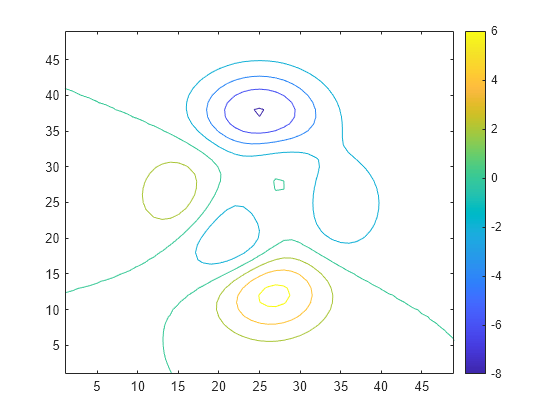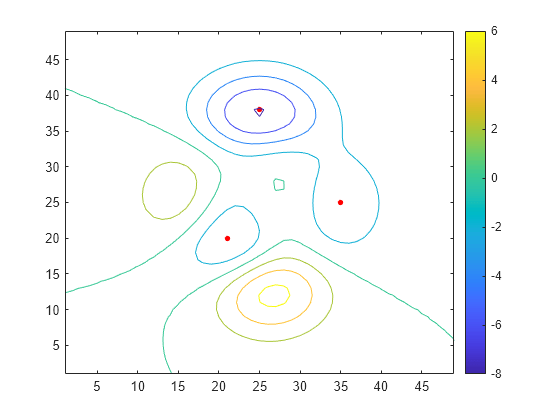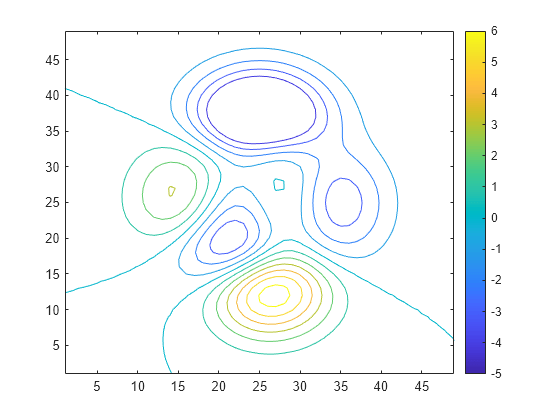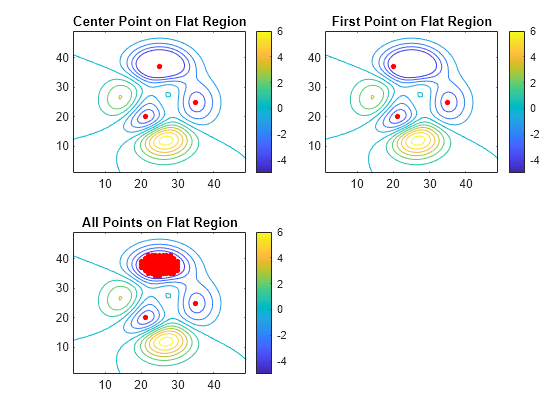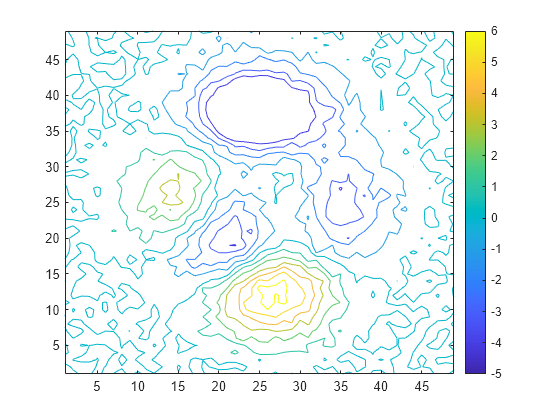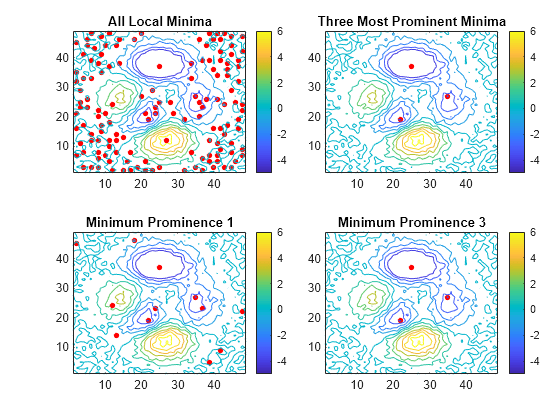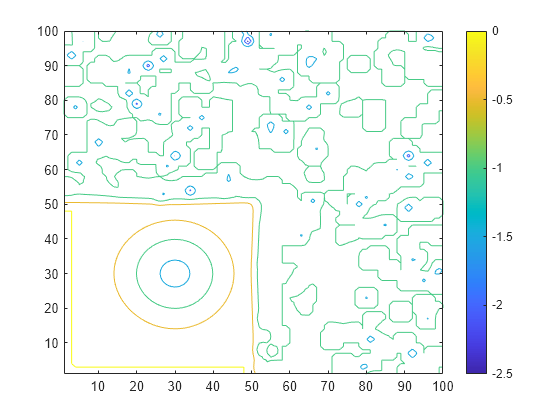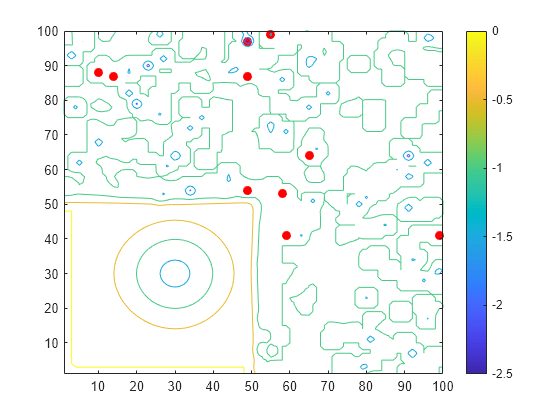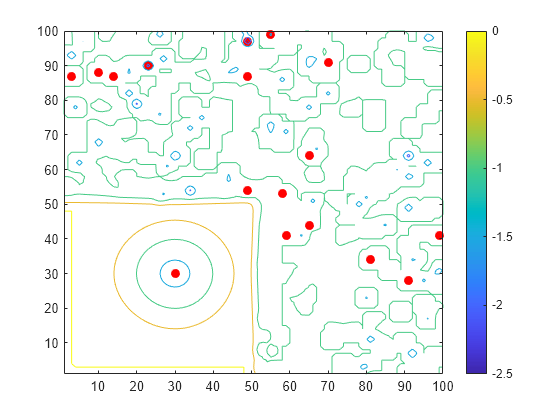islocalmin2
Description
[
also returns the prominence corresponding to each element of TF,P] = islocalmin2(A)A. For more
information about the prominence calculation, see Algorithms.
___ = islocalmin2(
specifies options for finding local minima using one or more name-value arguments with
either of the output argument combinations in the previous syntaxes. For example,
A,Name=Value)TF = finds no more
than four of the most prominent local minima.islocalmin2(A,MaxNumExtrema=4)
Examples
Input Arguments
Name-Value Arguments
Output Arguments
Algorithms
islocalmin2 identifies all local minima in the input data and follows
these steps to compute the prominence of each local minimum:
Determine the data to use to compute the prominence.
If the
ProminenceWindowname-value argument is specified, use its value to draw a rectangular window of data around the current local minimum. Otherwise, use a rectangular window that includes all of the data.
Determine the prominence box.
Move vertical lines left and right from the current minimum until encountering a lower minimum or the edge of the rectangular window.
Move horizontal lines up and down from the current minimum until encountering a lower minimum or the edge of the rectangular window.
Compute the prominence.
Divide the prominence box into four quadrants centered on the current local minimum.
Identify the highest value within each quadrant.
Use the lowest of these quadrant maximum values as the basis value. The prominence is the absolute difference between the height of the current local minimum and the basis value.
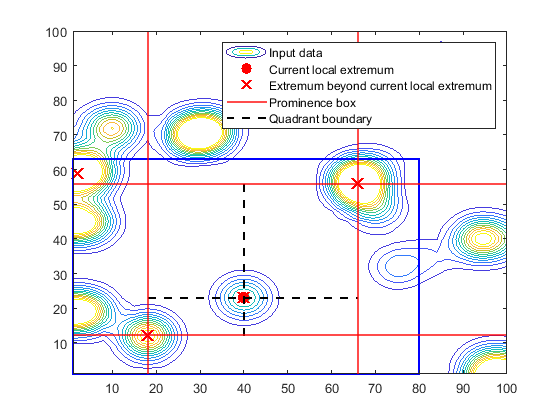
Version History
Introduced in R2024a
